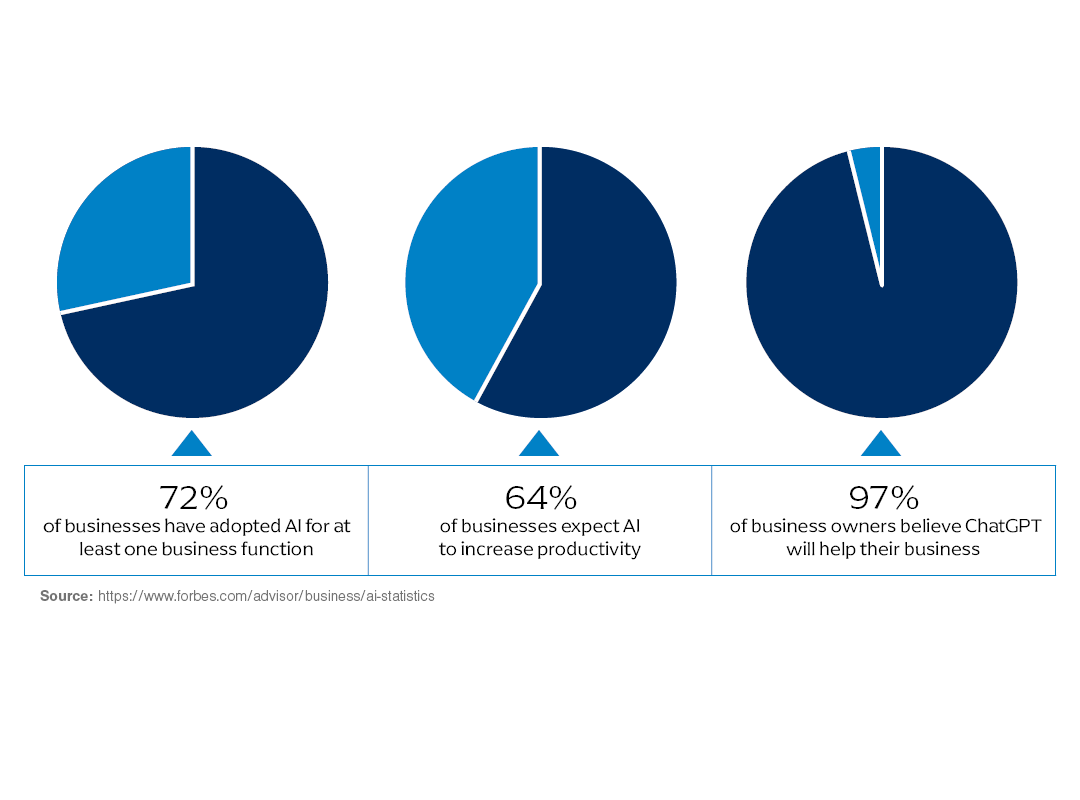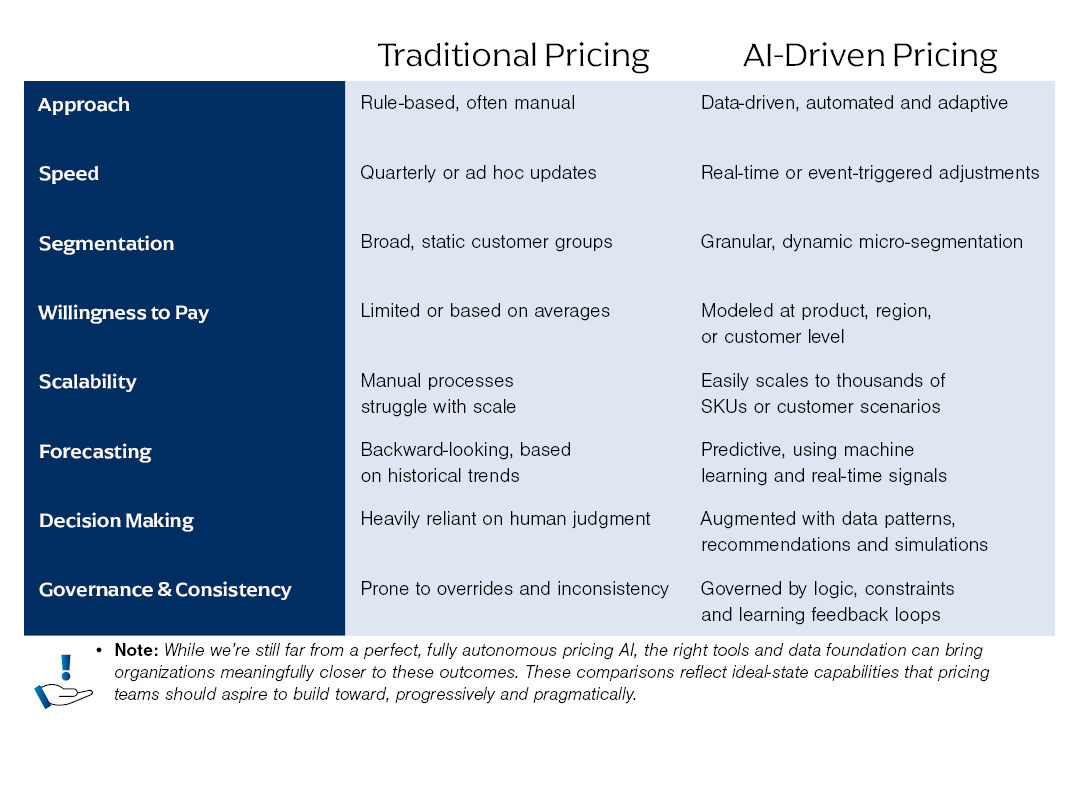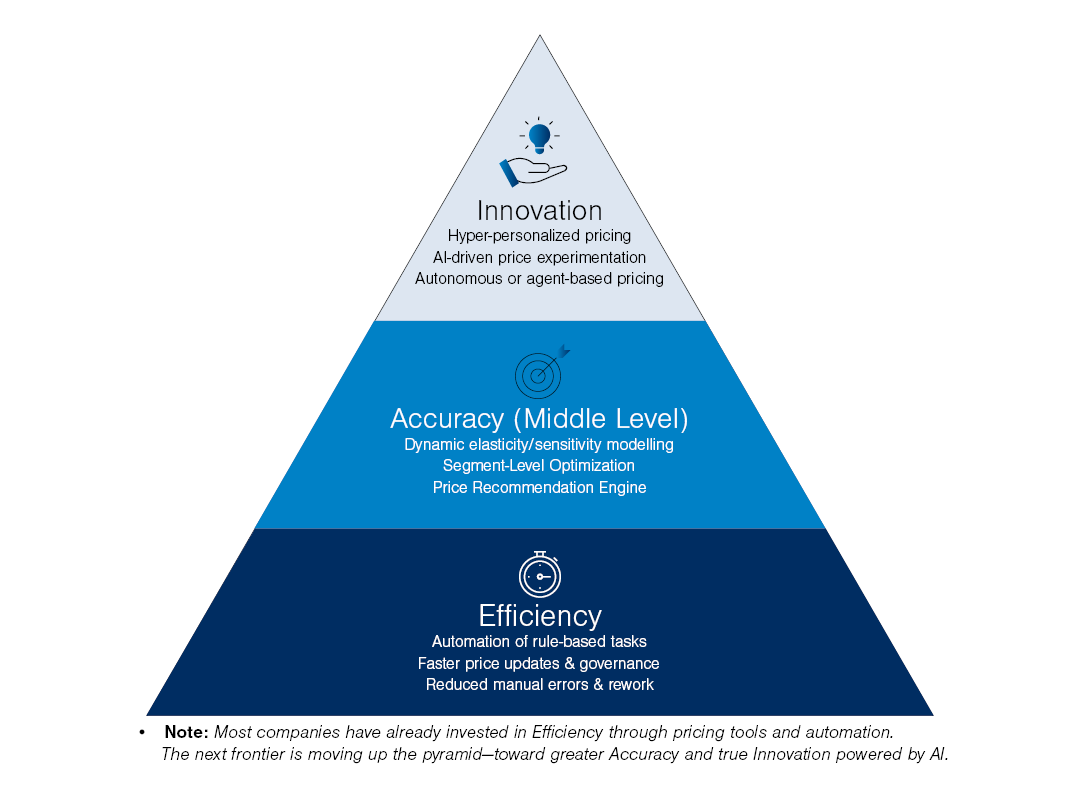Why Traditional Pricing Models are Under Pressure
For decades, pricing decisions have relied on a mix of historical data, intuition and slow-moving processes. In many organizations, pricing still happens through spreadsheets, quarterly updates and siloed systems.
That approach is becoming increasingly unsustainable, and now several forces are converging to expose the limitations of traditional pricing:
- Increased complexity: Companies now operate across more channels, customer segments and geographies than ever before. Static price lists can’t keep up.
- Faster market dynamics: Competitor moves, raw material costs and consumer behavior shift in real time. Traditional models can’t respond fast enough.
- Demand for personalization: Customers expect prices and offers that reflect their specific value and behavior, not broad averages.
These realities are pushing pricing teams to the brink. Manual processes simply can’t scale to meet today’s demands, let alone capitalize on the opportunities.




